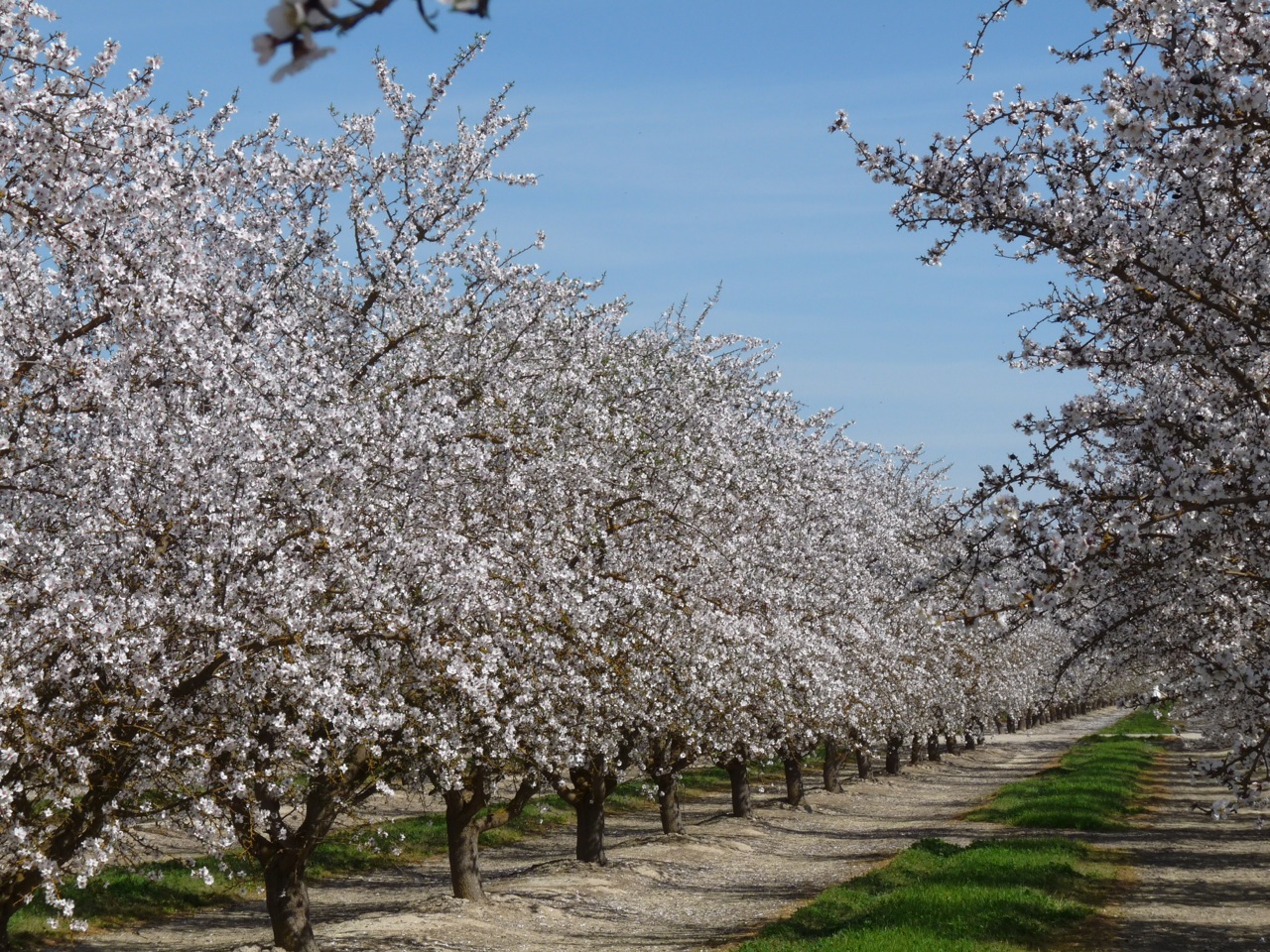Ag Secretary Vilsack’s Comments on 2015 USDA Budget and 2014 Farm Bill In a Nutshell
USDA Agriculture Secretary Tom Vilsack stated yesterday that the President’s 2015 USDA budget proposal and the tools provided in the 2014 farm bill:
- Achieve reform and results for the American taxpayer
- Foster opportunity and long-term, sustainable economic growth for the men and women living, working and raising families in rural America, where 85 percent of our nation’s persistent poverty counties are located.
- Equip our farmers and ranchers with the tools they need to survive and thrive
- Support innovation through strategic, future-focused investments.
Economically, the 2015 budget:
- Supports farmers, ranchers and growers as they achieve net farm income well above the average of the previous decade
- Assists mid-sized farms and livestock producers who continue to face challenges as a result of prolonged drought.
Implementation of the 2014 Farm Bill should:
- Restore disaster assistance
- Invest in programs to help and train beginning, small and socially disadvantaged farmers and ranchers
- Invest in programs that will build the skills they need to get back into the workforce.
- Provide much-needed stability for producers moving forward
- Support hardworking Americans as they find and keep jobs and transition out of nutrition assistance programs
Last fiscal year, farm and ranch exports reached a record $141 billion and supported nearly one million American jobs. To help America’s producers break into new exports markets for farm and ranch products, and building off of President Obama’s recently announced “Made in Rural America” export initiative, USDA will continue funding for trade promotion and market expansion.
Supported by the recently signed 2014 Farm Bill, the budget:
 Establishes Regional Hubs for Risk Adaptation and Mitigation to Climate Change at seven locations around the country
Establishes Regional Hubs for Risk Adaptation and Mitigation to Climate Change at seven locations around the country
- The Southwest Climate Hub is: Rangeland Management Unit/JornadaExperimental Range, Agricultural Research Service, Las Cruces, N.M.
- The Southwest “Sub-hub” is in Davis, California
- Makes targeted investments in bio-based product manufacturing, local and regional food systems, and specialty crops and organic production.
- Adds about 23 million acres of land to USDA conservation efforts Sustains 25 million acres enrolled in the Conservation Reserve Program, ensuring clean air, clean and abundant water and critical wildlife habitat for generations to come.
- Makes strategic investments that further innovation and encourage creative approaches to solving rural America’s most pressing challenges
- Increases funding by $325 million for our premier competitive grants program to support the cutting edge research that will help producers adapt and succeed in the face of modern challenges, including a changing climate
- Provides $25 million each to three public-private innovation institutes that focus on bio-based product manufacturing, pollinator health, and anti-microbial resistance research, respectively.
- Recognizes fiscal realities; it supports USDA’s ongoing efforts to modernize and update the way we do business.
- Builds on our efforts through the Blueprint for Stronger Service, which in recent years has saved the American taxpayer a total of $1.2 billion while ensuring that USDA customers receive the best possible service
- Continues to support our leaner workforce to find ways to implement increasingly complex programs with fewer resources.
The security of our nation’s food and fiber supply depends on what we do today to support a rural America that is increasingly nimble, diverse and responsive to changing consumer tastes.





















